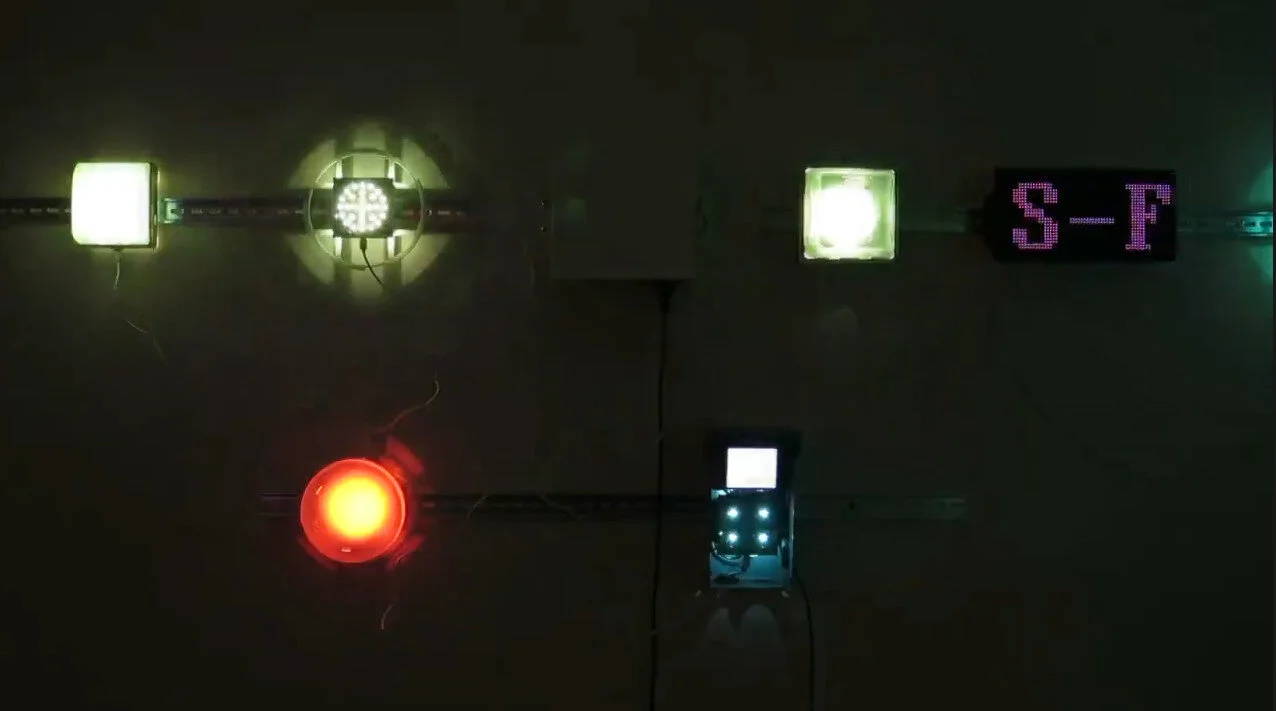Saturday February 6 * 7pm - please RSVP to receive the link
Maelstrom. “Your Data. Our connections.”
It only takes a weak signal to get segmented. Have you ever looked at, say, a part for a toilet on some online bookseller's website and had it follow you around the internet for a week? This is made possible by a dizzying array of "retargeting" companies and networks who have a very strong incentive to label you with a category, or segment, and a much weaker incentive to un-label you. Who says how long these labels last?
Honestly, the toilet parts are just the tip of the iceberg. It's not that hard for me to imagine a world where looking at a recipe for pot brownies affects your applicant score in a company's H.R. system, or keeps you from getting a mortgage, or parole. And I'm not talking about countries with a government firewall, or some kind of federal surveillance—this is all enabled by good old-fashioned cross-border commerce. The accidental spread of data—a single tap on a link turning into ads, or a black mark on your record—is going to be a problem.
In the installation Maelstrom, viewers get to experience their personal data being shared among 35+ machines created by the artist. Each machine spreads rumors to the other machines, using short-range radios and a complex cascading graph structure negotiated among the machines--designed by the artist to replicate the feeling of being at the center of a social media conspiracy theory.
The data is both gathered from visitors' devices radio transmissions--freely available for all to listen to, as is currently used by both government and commercial tracking systems--and collected from willing visitors by prompts on the devices present in the installation. No data is retained for longer than 15 minutes. But it could be.
The machines themselves are created in appearances from several different time periods, and are set within the overall frame story of being a data management platform's corporate museum. They were made with a mix of found objects, bespoke 3D-printed designs, commercial modules, and circuit boards designed by the artist.
By connecting the design of conspiracy theories with a data-gathering approach mimicking that used by large corporations, I hope to draw awareness to the wider implications of being a connected participant in today's society, and to the unexpected ramifications of small user actions in a brokerage-fueled information economy.
-- Chris Combs
This work was supported by the DC Commission on the Arts and Humanities, grant number FY21 AHFP-07741, and the Derek Lieu Residency Program at HOLE IN THE SKY DC.
About the artist:
Through handmade and custom-fabricated hardware, software, and enclosures, the electronic sculptures of Chris Combs respond to themes of surveillance, control, and algorithmic bias–and the viewer, using facial recognition and motion sensing. He works with a wide range of practices to create circuit boards, software, and enclosures for his sculptures, which both embrace and question technology.
Chris Combs is an artist based in Washington, D.C who creates provocative technology. His solo exhibition, Judging Me Judging You, at the DC Arts Center's Nano Gallery explored themes of surveillance and control, and his work Markov Radio was included in a one-day Sound Scene event at the Hirshhorn Museum. He was a photo editor for National Geographic for five years and has photographed autism, the Deepwater Horizon oil spill, and traffic cones. He was selected as the Derek Lieu Spring 2020 Artist-in-Residence at HOLE IN THE SKY, and is a recipient of the DC CAH Arts and Humanities Fellowship program. Chris is a graduate of the Corcoran College of Art + Design.



